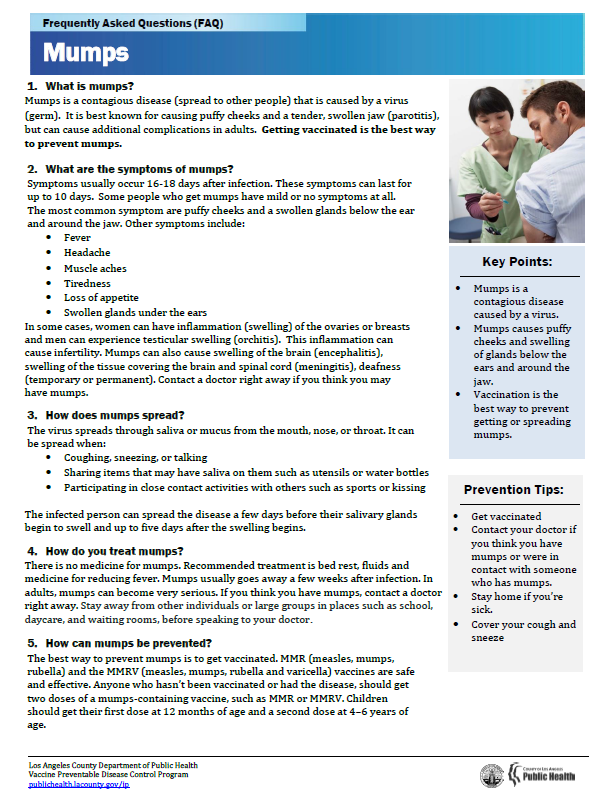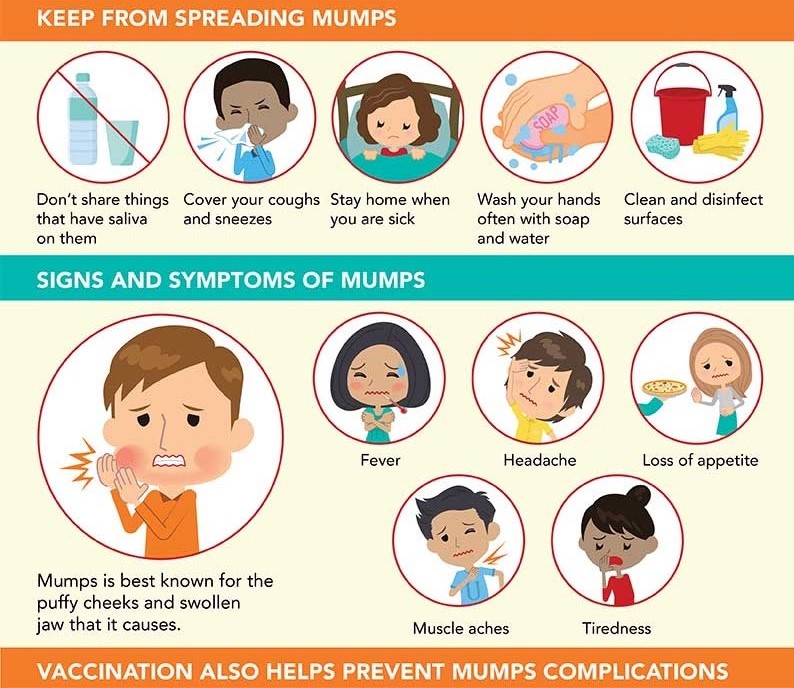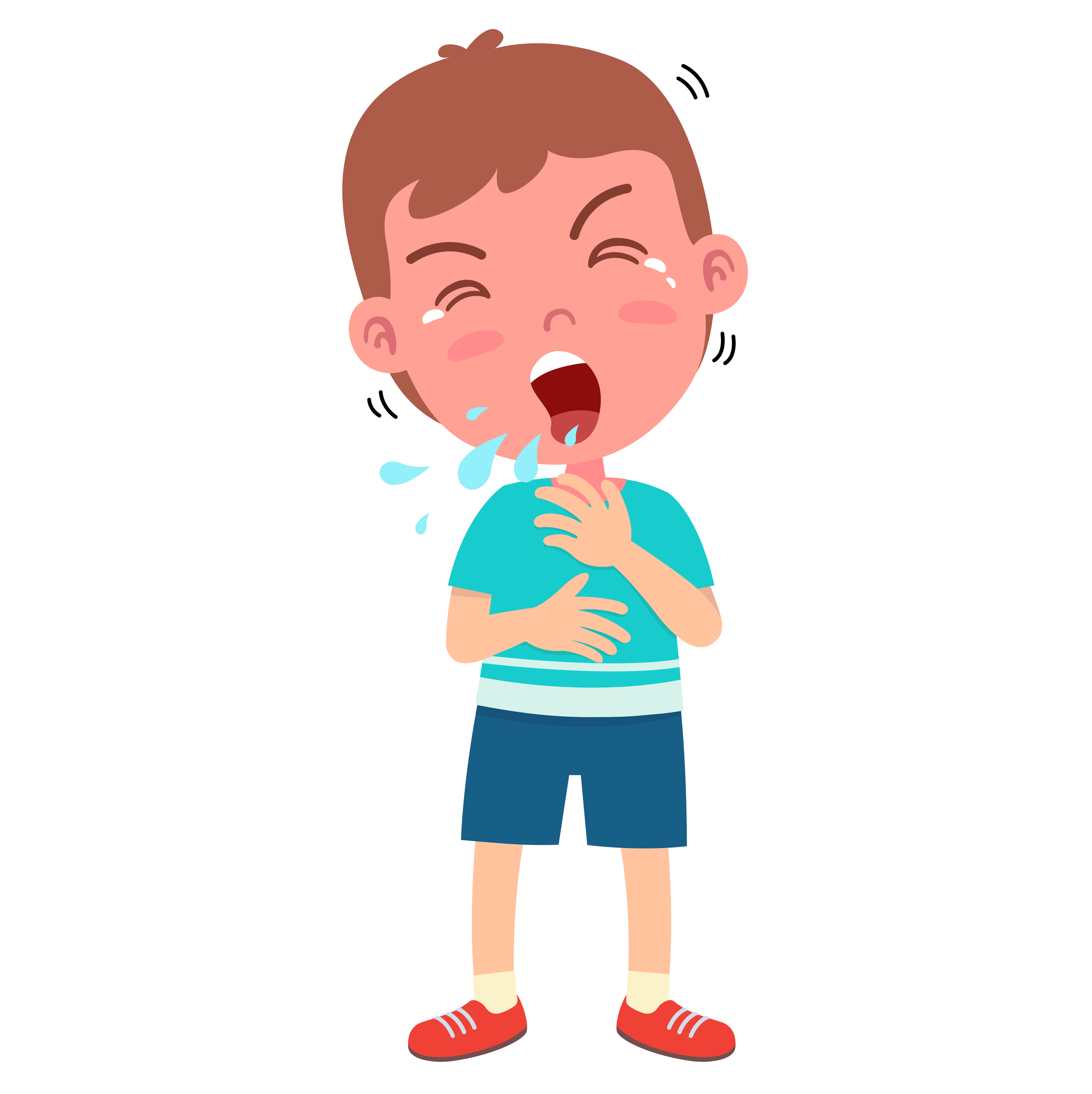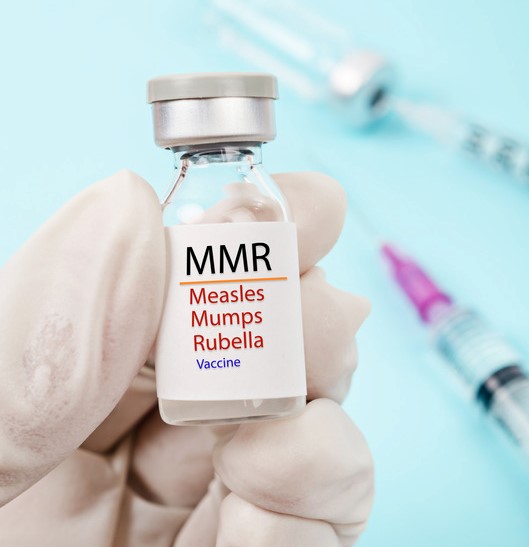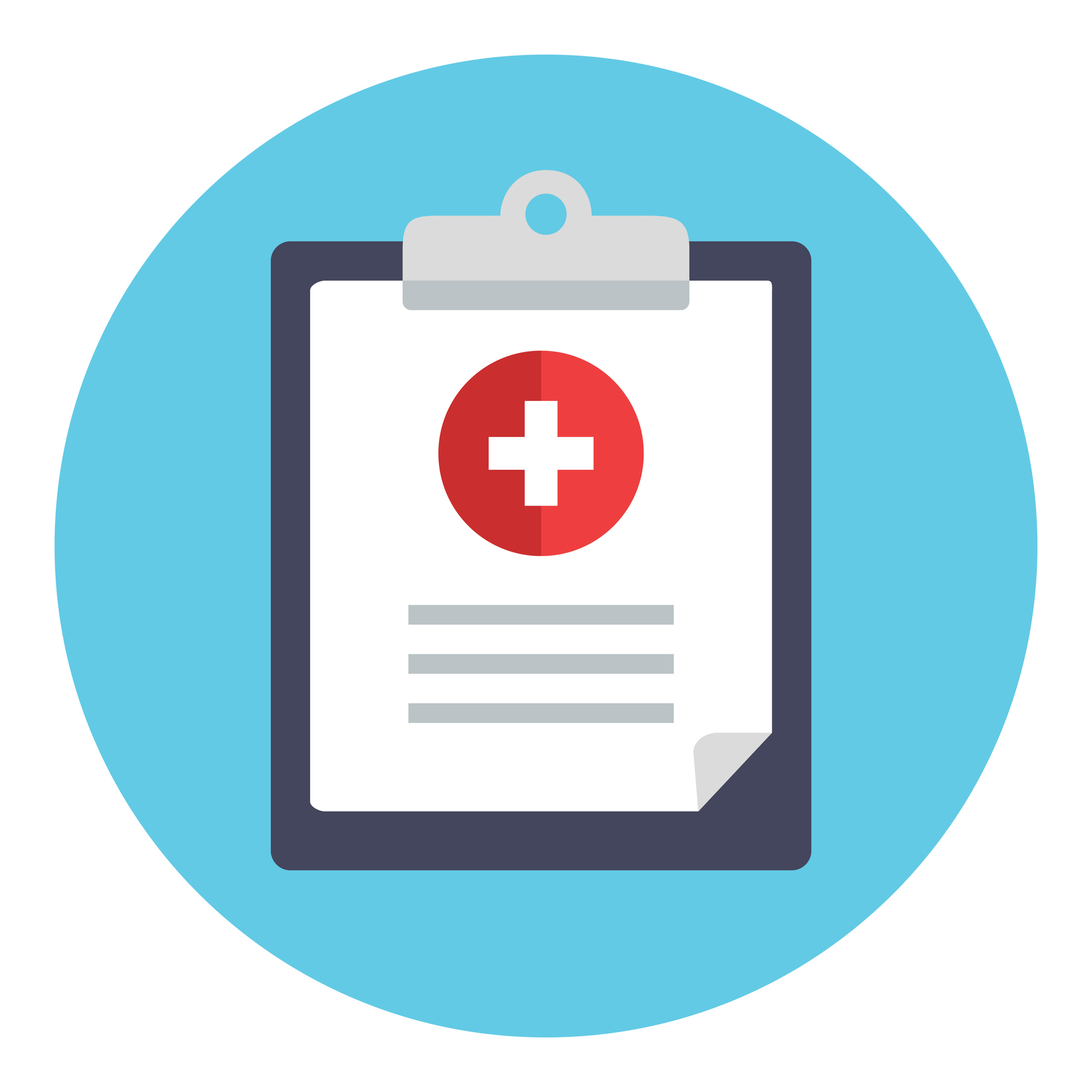CDC’s Advisory Committee on Immunization Practices (ACIP) recommends that persons who do not have presumptive evidence of immunity should get vaccinated. Vaccination is the best way to prevent mumps and complications from disease. Below you will find the CDC recommendations for MMR or MMRV vaccination in children and adults.
MMR and MMRV Vaccine Recommendations for Children and Adolescents
| MMR Vaccines |
Number of Doses |
Age |
Recommended Age |
Dose & Route |
| 1st Dose |
2nd Dose |
M-M-R- II |
PRIORIX |
M-M-R II®
(Merck)
PRIORIX®
(GlaxoSmithKline) |
2* |
12-15 months
|
4-6 years
and/or at least 4 weeks after 1st dose |
12 months* |
0.5 mL Subcutaneous (SQ)
or
Intramuscular (IM) |
0.5 mL SQ |
| > 19 years |
At least 4 weeks after the 1st dose |
| Preferred injection site in small children is the anterolateral aspect of the thigh |
ProQuad® 1
(Merck)
MMR & Varicella |
2* |
12-47 months |
4-6 years
or at least 3 months after the 1st dose |
12 months
to
12 years |
IM or SQ
The posterior triceps aspect of the upper arm is the preferred site for older children and adolescents
|
MMR (M-M-R II and PRIORIX) are fully interchangeable for all indications for which MMR vaccination is recommended.
MMRV (ProQuad) vaccine is only licensed for use in children 12 months through 12 years of age.
MMRV (ProQuad) may be given at the same time as other vaccines.
1 Associated with a higher risk for fever and febrile seizures in children 12-23 months of age
*An additional dose may be indicated in mumps outbreak situations and travel where measles exposure is likely.
Doses given before 12 months are invalid. May receive 1st dose of MMR 4 days before 1st birthday
*Pregnancy is a contraindication to vaccination with live virus vaccines, including MMR and vaccines. ACIP recommends that pregnancy be avoided for 1 month following receipt of MMR vaccine.
|
MMR Vaccine Recommendation for Adults
A third dose of a mumps virus–containing vaccine may be recommended during mumps outbreaks for individuals who have already received 2 doses, but who are identified by public health authorities as part of a group at increased risk for mumps. This recommendation specifically pertains to mumps outbreaks, not measles exposure. In general, adults without presumptive evidence of immunity should receive at least 1 dose of the MMR vaccine, and certain adults may need 2 doses depending on their risk factors.
- Adults who are going to be in a setting that poses a high risk for mumps transmission should make sure they have had two doses separated by at least 28 days.
- The preferred injection site for adults is the posterior triceps aspect of the upper arm.
*Pregnancy is a contraindication to vaccination with live virus vaccines, including MMR and vaccines. ACIP recommends that pregnancy be avoided for 1 month following receipt of MMR vaccine.


